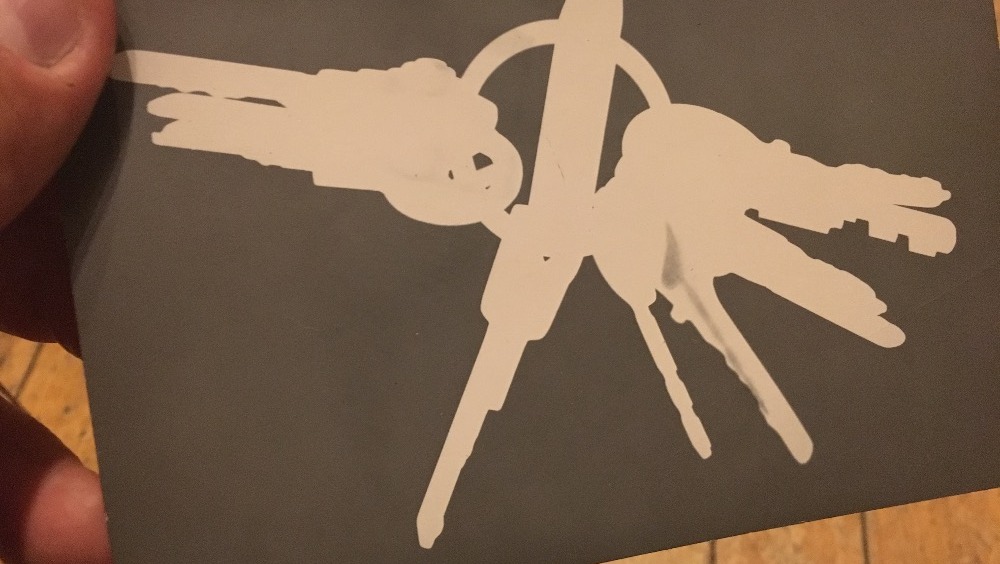This is my dad around 1949:

He just passed away today.

As a way to honor my dad's memory, we are looking for funds to digitize thousands of slides, negatives, films and prints that my dad took during decades of professional photo work, and then release the high-quality images for free under a cc-by-sa 4.0 license to Wikimedia Commons so his work can be used by anyone, anywhere forever.

You can probably tell that I just took these photos of photos on my phone. He took so many shots over the course of decades that it'll take months to scan and label everything, and to do it well takes time and costs money. That's why I'm here: 100% of funds collected will go to digitizing fees.

We have some prints (this is a tiny portion of what you can see here) but lots more slides and negatives on 35mm and 120mm that have never been printed.

There are images from all over Chicago.

Some from Turkey, England, Old Town Chicago in the 1960's and 70's:


lots of abstract stuff too:

But really I have no idea what is all there.

Everything above is just a smattering I found inside a few shoeboxes. If you read his bio below, you'll see he's had a full life, and any event below might also have been captured on film at some point. We just won't know until this work is done.
Please help give my dad's work a real legacy.
Here's his bio:
Victor Albert Grigas (died June 10, 2017) was born Vytautas Grigas on October 30, 1919, in Bridgeport, Chicago to immigrant parents from Lithuania. Raised in a beer flat during alcohol prohibition, his first memory was syphoning beer from barrels under floorboards and being scared of the rats. From an early age, he learned to love reading. During World War Two, after he read ‘Mein Kampf’ and saw Hitlers plans for world domination, he decided to join the army. He served two and a half years in the U.S. Army Combat Engineers despite having four deferments. After the war, he pursued a successful career as a photographer and used the funds to build a house in Willow Springs, Illinois. During the 1960s and 1970s he rehabbed three buildings in Old Town and Lincoln Park (in Chicago) by appropriating remnants of other buildings found in dumpsters and alleys. That work was profiled by the Chicago Tribune on January 22, 1967. Those who have commuted via the Sedgwick El station may have walked past his wall around his building made from railroad ties, brick, tile, doors and iron fencing. Always creative, he loved talking to people, fishing, hunting, classical music, plants and the outdoors, tennis, cycling, Miller High Life, The Chicago Bears, reading, coffee, dogs, philosophizing, cognac, Edy’s ice cream and was always curious about everything. He is survived by his wife of 39 years, two sons and two grandchildren. We love you. Etc., Etc., Etc.
